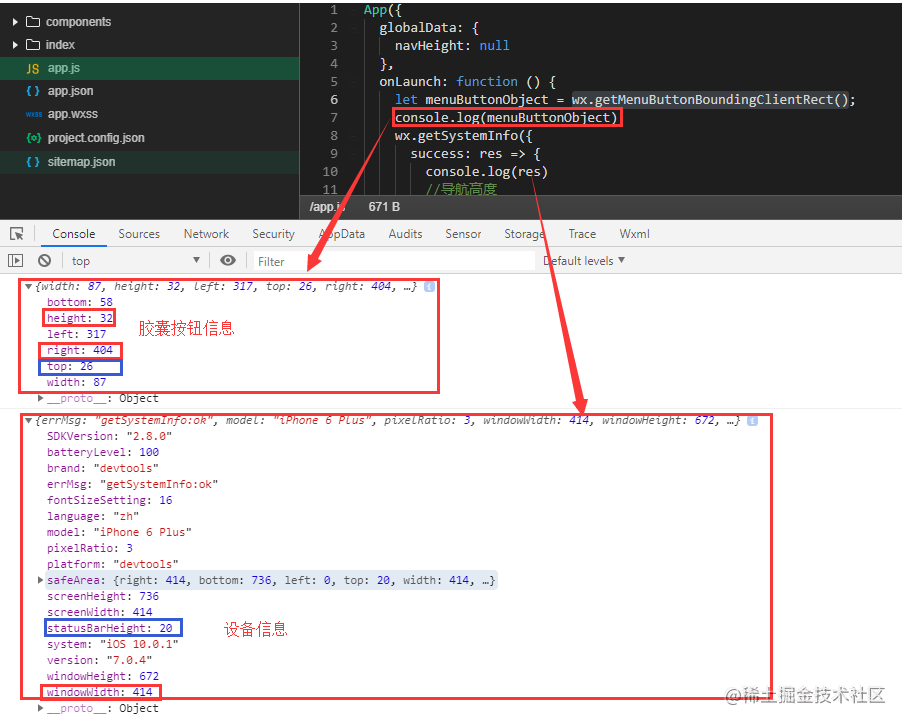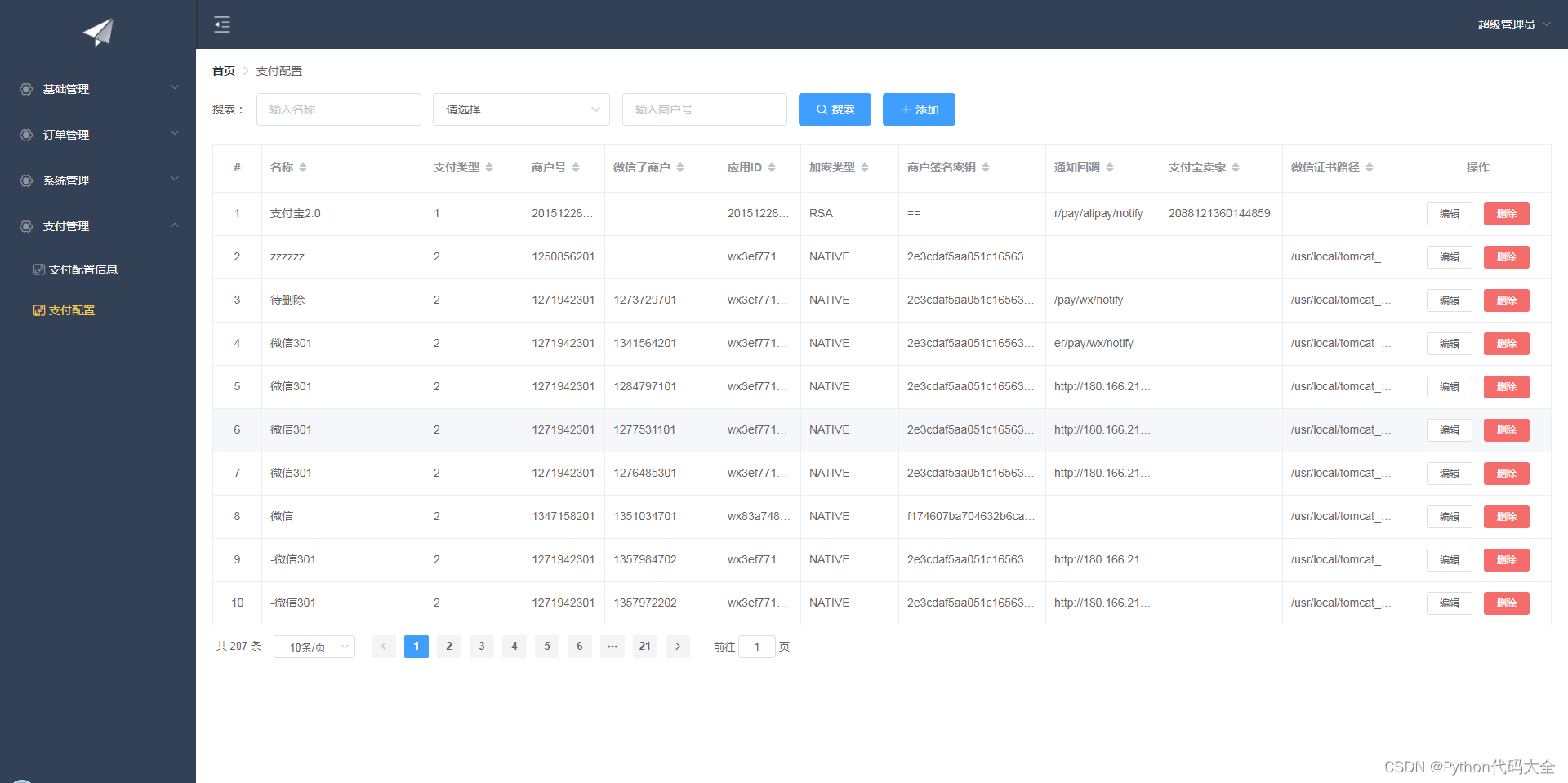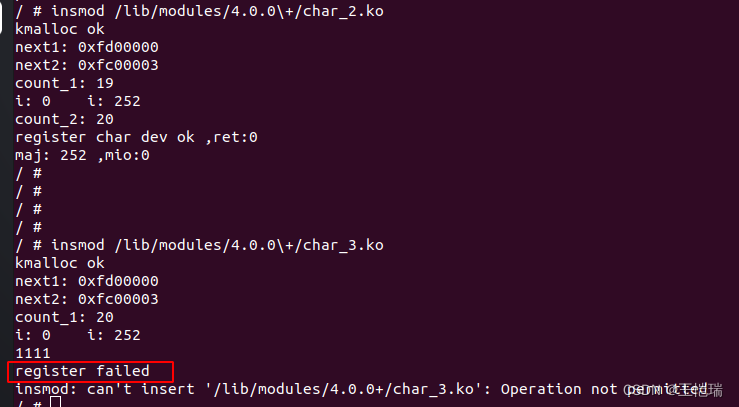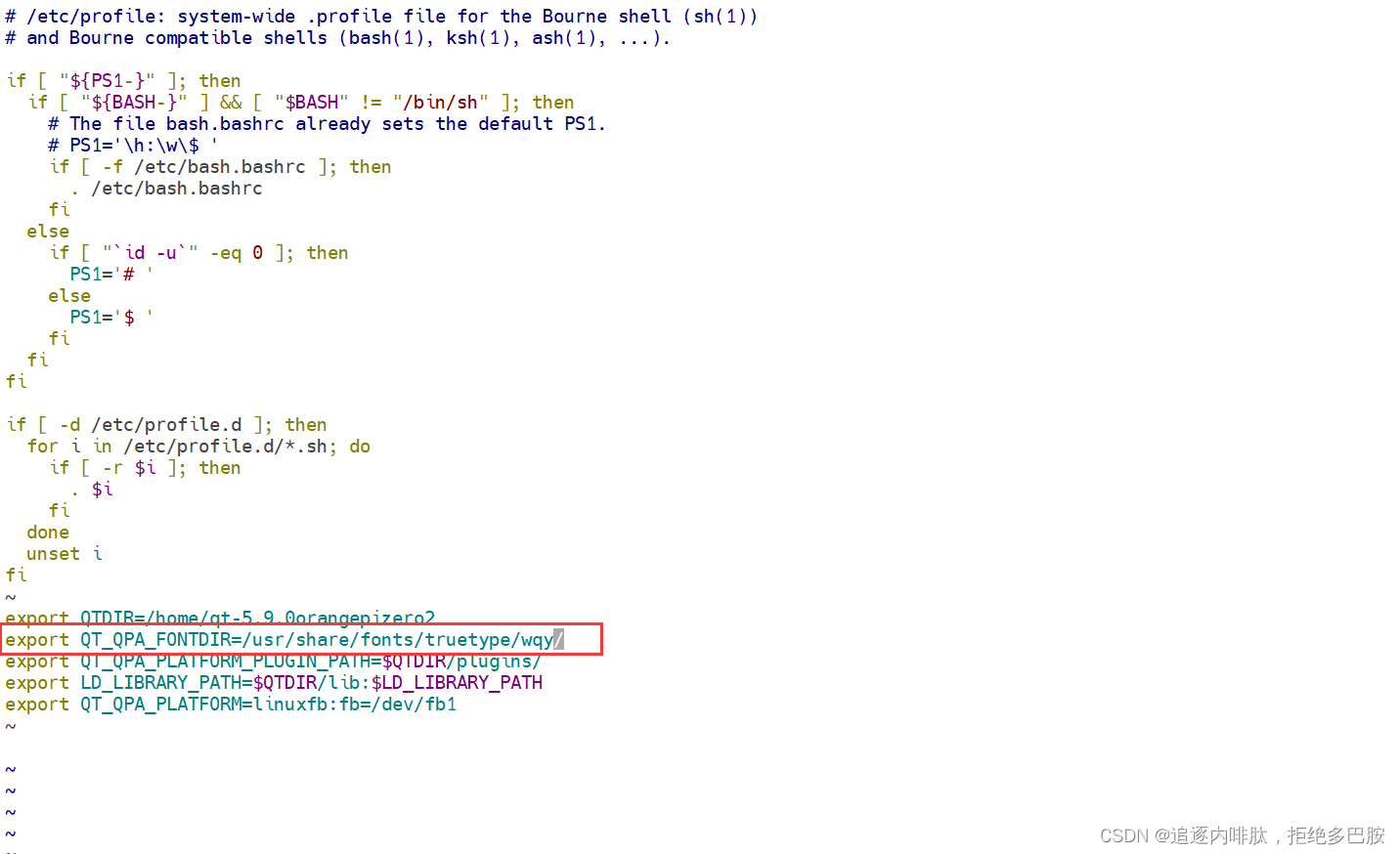可解释机器学习笔记之CAM+Captum代码实战
文章目录
- 可解释机器学习笔记之CAM+Captum代码实战
- 代码实战介绍
- torch-cam工具包
- 可视化CAM类激活热力图
- 预训练ImageNet-1000图像分类-单张图像
- 视频以及摄像头预测
- pytorch-grad-cam工具包
- Grad-CAM热力图可解释性分析
- 基于Guided Grad-CAM的高分辨率细粒度可解释性分析
- Captum的工具包
- 遮挡可解释性分析
- 中等遮挡滑块
- 大遮挡滑块
- 小遮挡滑块
- Integrated Gradients可解释性分析
- 总结
- 参考阅读
首先非常感谢同济子豪兄拍摄的可解释机器学习公开课,并且免费分享,这门课程,包含人工智能可解释性、显著性分析领域的导论、算法综述、经典论文精读、代码实战、前沿讲座。由B站知名人工智能科普UP主“同济子豪兄”主讲。 课程主页: https://github.com/TommyZihao/zihao_course/blob/main/XAI 一起打开AI的黑盒子,洞悉AI的脑回路和注意力,解释它、了解它、改进它,进而信赖它。知其然,也知其所以然。这里给出链接,倡导大家一起学习, 别忘了给子豪兄点个关注哦。
学习GitHub 内容链接:
https://github.com/TommyZihao/zihao_course/tree/main/XAI
B站视频合集链接:
https://space.bilibili.com/1900783/channel/collectiondetail?sid=713364
代码实战介绍
在前面经过4个知识的学习之后,已经对可解释机器学习有了一定的了解,但是这些有什么用呢,最重要的当然是代码实战,所以这一部分学习的就是CAM和Captum的一些可视化的代码实战,能将理论和代码结合起来,方便我们理解和学习。
所有的代码都已经分享,都在子豪兄的Github中,这是代码的Github:https://github.com/TommyZihao/Train_Custom_Dataset,可以用pytorch训练自己的图像分类模型,基于torch-cam实现各个类别、单张图像、视频文件、摄像头实时画面的CAM可视化
torch-cam工具包
这里介绍一些主要的一些可视化的用法,具体的操作和方法,在视频和代码中都有体现
可视化CAM类激活热力图
预训练ImageNet-1000图像分类-单张图像
首先可以可视化出我们的类激活图
activation_map = cam_extractor(pred_id, pred_logits)
activation_map = activation_map[0][0].detach().cpu().numpy()
plt.imshow(activation_map)
plt.show()
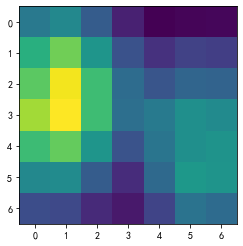
后续根据类激活图,和原有的图片进行叠加,就能得到最后的图片
from torchcam.utils import overlay_mask
result = overlay_mask(img_pil, Image.fromarray(activation_map), alpha=0.7)
result
[外链图片转存失败,源站可能有防盗链机制,建议将图片保存下来直接上传(img-0OIPlknr-1671639191799)(https://relph1119.github.io/my-team-learning/Interpretable_machine_learning44/task05/output_20_0.png)]
除此之外,我们还能固定可视化的类别,这样就可以展示出来我们想要的类别了。
img_path = './test_img/cat_dog.jpg'
# 可视化热力图的类别ID,如果为 None,则为置信度最高的预测类别ID
# 边牧犬
show_class_id = 231
# 是否显示中文类别
Chinese = True
def get_cam(img_pil, test_transform, model, cam_extractor,
show_class_id, pred_id, device):
# 前向预测
input_tensor = test_transform(img_pil).unsqueeze(0).to(device) # 预处理
pred_logits = model(input_tensor)
pred_top1 = torch.topk(pred_logits, 1)
pred_id = pred_top1[1].detach().cpu().numpy().squeeze().item()
# 可视化热力图的类别ID,如果不指定,则为置信度最高的预测类别ID
if show_class_id:
show_id = show_class_id
else:
show_id = pred_id
show_class_id = pred_id
# 生成可解释性分析热力图
activation_map = cam_extractor(show_id, pred_logits)
activation_map = activation_map[0][0].detach().cpu().numpy()
result = overlay_mask(img_pil, Image.fromarray(activation_map), alpha=0.7)
return result, pred_id, show_class_idCopy to clipboardErrorCopied
img_pil = Image.open(img_path)
result, pred_id, show_class_id = get_cam(img_pil, test_transform, model, cam_extractor,
show_class_id, pred_id, device)
def print_image_label(result, pred_id, show_class_id,
idx_to_labels, idx_to_labels_cn=None, Chinese=False):
# 在图像上写字
draw = ImageDraw.Draw(result)
if Chinese:
# 在图像上写中文
text_pred = 'Pred Class: {}'.format(idx_to_labels_cn[pred_id])
text_show = 'Show Class: {}'.format(idx_to_labels_cn[show_class_id])
else:
# 在图像上写英文
text_pred = 'Pred Class: {}'.format(idx_to_labels[pred_id])
text_show = 'Show Class: {}'.format(idx_to_labels[show_class_id])
# 文字坐标,中文字符串,字体,rgba颜色
draw.text((50, 100), text_pred, font=font, fill=(255, 0, 0, 1))
draw.text((50, 200), text_show, font=font, fill=(255, 0, 0, 1))
return result
result = print_image_label(result, pred_id, show_class_id,
idx_to_labels, idx_to_labels_cn, Chinese)
result
[外链图片转存失败,源站可能有防盗链机制,建议将图片保存下来直接上传(img-8ZGXtE9O-1671639191800)(https://relph1119.github.io/my-team-learning/Interpretable_machine_learning44/task05/output_27_0.png)]
视频以及摄像头预测
除此之外,我们还可以检测视频或者是摄像头,实际上就是一帧一帧的图片而已,原理是一样的,具体可以去看代码,这里就不多介绍了
pytorch-grad-cam工具包
Grad-CAM热力图可解释性分析
from pytorch_grad_cam.utils.model_targets import ClassifierOutputTarget
img_path = './test_img/cat_dog.jpg'
from torchvision import transforms
# 测试集图像预处理-RCTN:缩放、裁剪、转 Tensor、归一化
test_transform = transforms.Compose([transforms.Resize(512),
# transforms.CenterCrop(512),
transforms.ToTensor(),
transforms.Normalize(
mean=[0.485, 0.456, 0.406],
std=[0.229, 0.224, 0.225])
])
img_pil = Image.open(img_path)
input_tensor = test_transform(img_pil).unsqueeze(0).to(device)
# Grad-CAM
from pytorch_grad_cam import GradCAM
# 指定要分析的层
target_layers = [model.layer4[-1]]
cam = GradCAM(model=model, target_layers=target_layers, use_cuda=True)
# 如果 targets 为 None,则默认为最高置信度类别
targets = [ClassifierOutputTarget(232)]
cam_map = cam(input_tensor=input_tensor, targets=targets)[0] # 不加平滑
plt.imshow(cam_map)
plt.title('Grad-CAM')
plt.show()
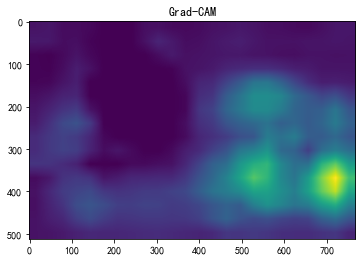
import torchcam
from torchcam.utils import overlay_mask
result = overlay_mask(img_pil, Image.fromarray(cam_map), alpha=0.7)
result

基于Guided Grad-CAM的高分辨率细粒度可解释性分析
Guided Backpropagation算法
from pytorch_grad_cam import GuidedBackpropReLUModel
from pytorch_grad_cam.utils.image import show_cam_on_image, deprocess_image, preprocess_image
# 初始化算法
gb_model = GuidedBackpropReLUModel(model=model, use_cuda=True)
# 生成 Guided Backpropagation热力图
gb_origin = gb_model(input_tensor, target_category=None)
gb_show = deprocess_image(gb_origin)
plt.imshow(gb_show)
plt.title('Guided Backpropagation')
plt.show()
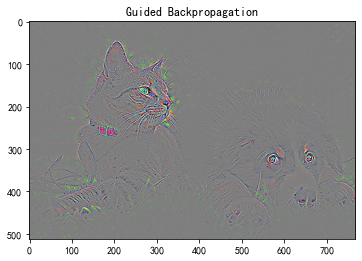
将Grad-CAM热力图与Gudied Backpropagation热力图逐元素相乘
# Grad-CAM三通道热力图
cam_mask = cv2.merge([cam_map, cam_map, cam_map])
# 逐元素相乘
guided_gradcam = deprocess_image(cam_mask * gb_origin)
plt.imshow(guided_gradcam)
plt.title('Guided Grad-CAM')
plt.show()
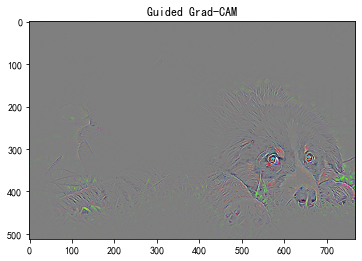
Captum的工具包
遮挡可解释性分析
这里介绍一部分Captum的方法,也就是遮挡可解释性分析-ImageNet图像分类
在输入图像上,用遮挡滑块,滑动遮挡不同区域,探索哪些区域被遮挡后会显著影响模型的分类决策。
提示:因为每次遮挡都需要分别单独预测,因此代码运行可能需要较长时间。
model = models.resnet18(weights=models.ResNet18_Weights.DEFAULT)
model = model.eval().to(device)
occlusion = Occlusion(model)
中等遮挡滑块
# 获得输入图像每个像素的 occ 值
attributions_occ = occlusion.attribute(input_tensor,
strides = (3, 8, 8), # 遮挡滑动移动步长
target=pred_id, # 目标类别
sliding_window_shapes=(3, 15, 15), # 遮挡滑块尺寸
baselines=0) # 被遮挡滑块覆盖的像素值
# 转为 224 x 224 x 3的数据维度
attributions_occ_norm = np.transpose(attributions_occ.detach().cpu().squeeze().numpy(), (1,2,0))
viz.visualize_image_attr_multiple(attributions_occ_norm, # 224 224 3
rc_img_norm, # 224 224 3
["original_image", "heat_map"],
["all", "positive"],
show_colorbar=True,
outlier_perc=2)
plt.show()

大遮挡滑块
# 更改遮挡滑块的尺寸
attributions_occ = occlusion.attribute(input_tensor,
strides = (3, 50, 50), # 遮挡滑动移动步长
target=pred_id, # 目标类别
sliding_window_shapes=(3, 60, 60), # 遮挡滑块尺寸
baselines=0)
# 转为 224 x 224 x 3的数据维度
attributions_occ_norm = np.transpose(attributions_occ.detach().cpu().squeeze().numpy(), (1,2,0))
viz.visualize_image_attr_multiple(attributions_occ_norm, # 224 224 3
rc_img_norm, # 224 224 3
["original_image", "heat_map"],
["all", "positive"],
show_colorbar=True,
outlier_perc=2)
plt.show()
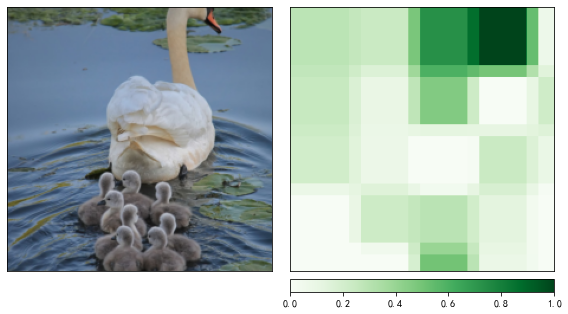
小遮挡滑块
# 更改遮挡滑块的尺寸
attributions_occ = occlusion.attribute(input_tensor,
strides = (3, 2, 2), # 遮挡滑动移动步长
target=pred_id, # 目标类别
sliding_window_shapes=(3, 4, 4), # 遮挡滑块尺寸
baselines=0)
# 转为 224 x 224 x 3的数据维度
attributions_occ_norm = np.transpose(attributions_occ.detach().cpu().squeeze().numpy(), (1,2,0))
viz.visualize_image_attr_multiple(attributions_occ_norm, # 224 224 3
rc_img_norm, # 224 224 3
["original_image", "heat_map"],
["all", "positive"],
show_colorbar=True,
outlier_perc=2)
plt.show()
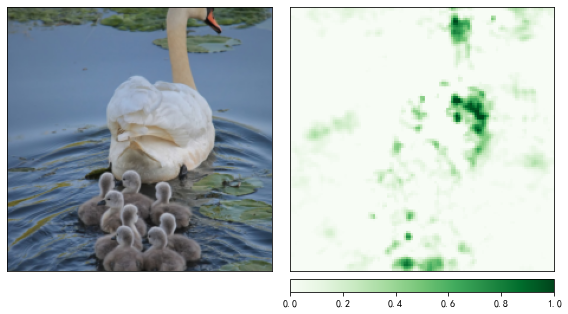
Integrated Gradients可解释性分析
Integrated Gradients原理:输入图像像素由空白变为输入图像像素的过程中,模型预测为某一特定类别的概率相对于输入图像像素的梯度积分。
from captum.attr import IntegratedGradients
from captum.attr import NoiseTunnel
# 初始化可解释性分析方法
integrated_gradients = IntegratedGradients(model)
# 获得输入图像每个像素的 IG 值
attributions_ig = integrated_gradients.attribute(input_tensor, target=pred_id, n_steps=50)
# 转为 224 x 224 x 3的数据维度
attributions_ig_norm = np.transpose(attributions_ig.detach().cpu().squeeze().numpy(), (1,2,0))
from matplotlib.colors import LinearSegmentedColormap
# 设置配色方案
default_cmap = LinearSegmentedColormap.from_list('custom blue',
[(0, '#ffffff'),
(0.25, '#000000'),
(1, '#000000')], N=256)
# 可视化 IG 值
viz.visualize_image_attr(attributions_ig_norm, # 224,224,3
rc_img_norm, # 224,224,3
method='heat_map',
cmap=default_cmap,
show_colorbar=True,
sign='positive',
outlier_perc=1)
plt.show()
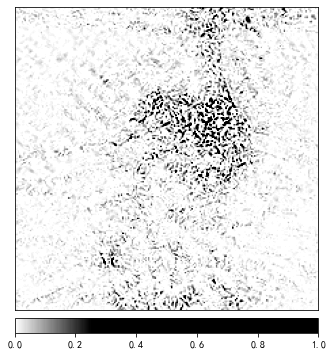
加入高斯噪声的多张图像,平滑输出
在输入图像中加入高斯噪声,构造nt_samples个噪声样本,分别计算IG值,再使用smoothgrad_sq(先平均再平方)平滑。
noise_tunnel = NoiseTunnel(integrated_gradients)
# 获得输入图像每个像素的 IG 值
attributions_ig_nt = noise_tunnel.attribute(input_tensor, nt_samples=3, nt_type='smoothgrad_sq', target=pred_id)
# 转为 224 x 224 x 3的数据维度
attributions_ig_nt_norm = np.transpose(attributions_ig_nt.squeeze().cpu().detach().numpy(), (1,2,0))
# 设置配色方案
default_cmap = LinearSegmentedColormap.from_list('custom blue',
[(0, '#ffffff'),
(0.25, '#000000'),
(1, '#000000')], N=256)
viz.visualize_image_attr_multiple(attributions_ig_nt_norm, # 224 224 3
rc_img_norm, # 224 224 3
["original_image", "heat_map"],
["all", "positive"],
cmap=default_cmap,
show_colorbar=True)
plt.show()
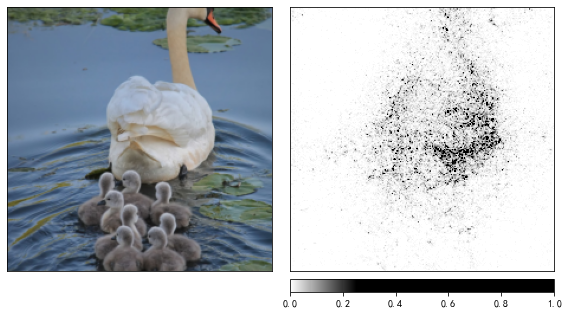
总结
在这次任务中,主要学习到了CAM和Captum工具包的使用,在图像分类的基础上去解释他,知其然还要知其所以然。使用CAM和Captum工具包,可以减少我们很多很多的代码量,并且能快速使用,快速应用在自己的任务中、
在经过一个多星期的学习,也是需要这种代码实战告诉我们,这些应用是全面且方方面面的,这样就不会空读理论,这样可以让我们有机会将理论和实践结合起来,希望后续能够将XAI和CAM运用到我的领域中,学习到更多的知识。
参考阅读
-
可以根据按照代码教程:https://github.com/TommyZihao/Train_Custom_Dataset,用pytorch训练自己的图像分类模型,基于torch-cam实现各个类别、单张图像、视频文件、摄像头实时画面的CAM可视化
-
Grad-CAM官方代码:https://github.com/ramprs/grad-cam
-
torch-cam代码库:https://github.com/frgfm/torch-cam
-
pytorch-grad-cam代码库:https://github.com/jacobgil/pytorch-grad-cam


